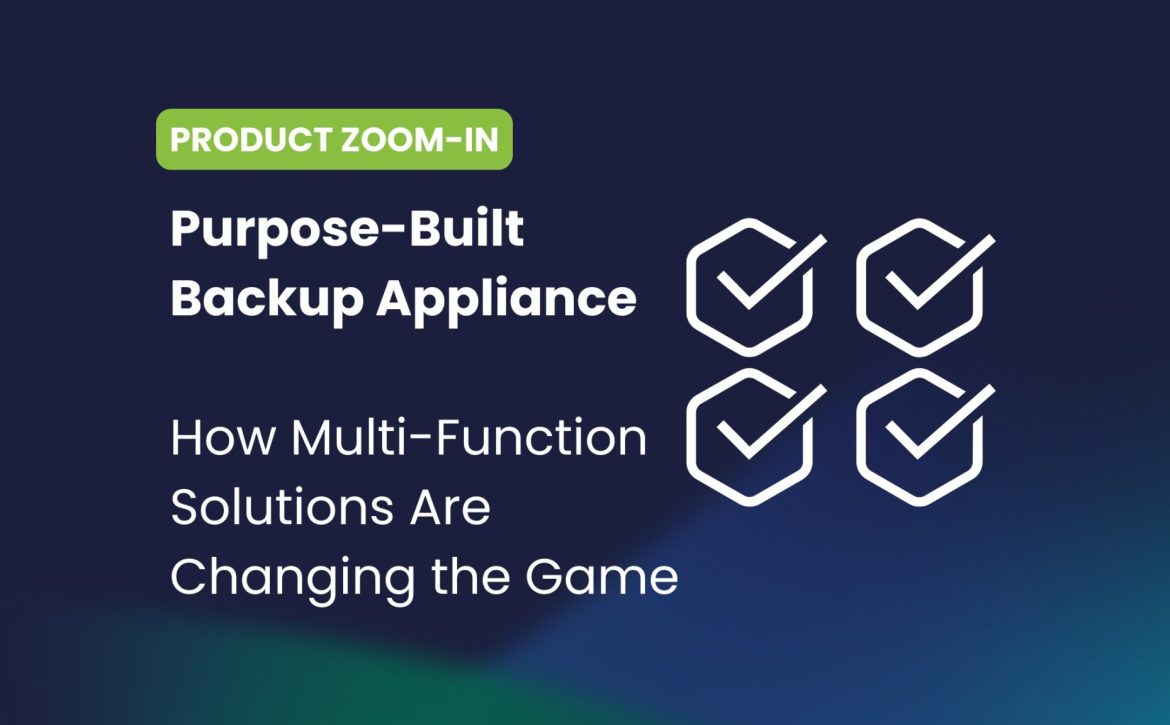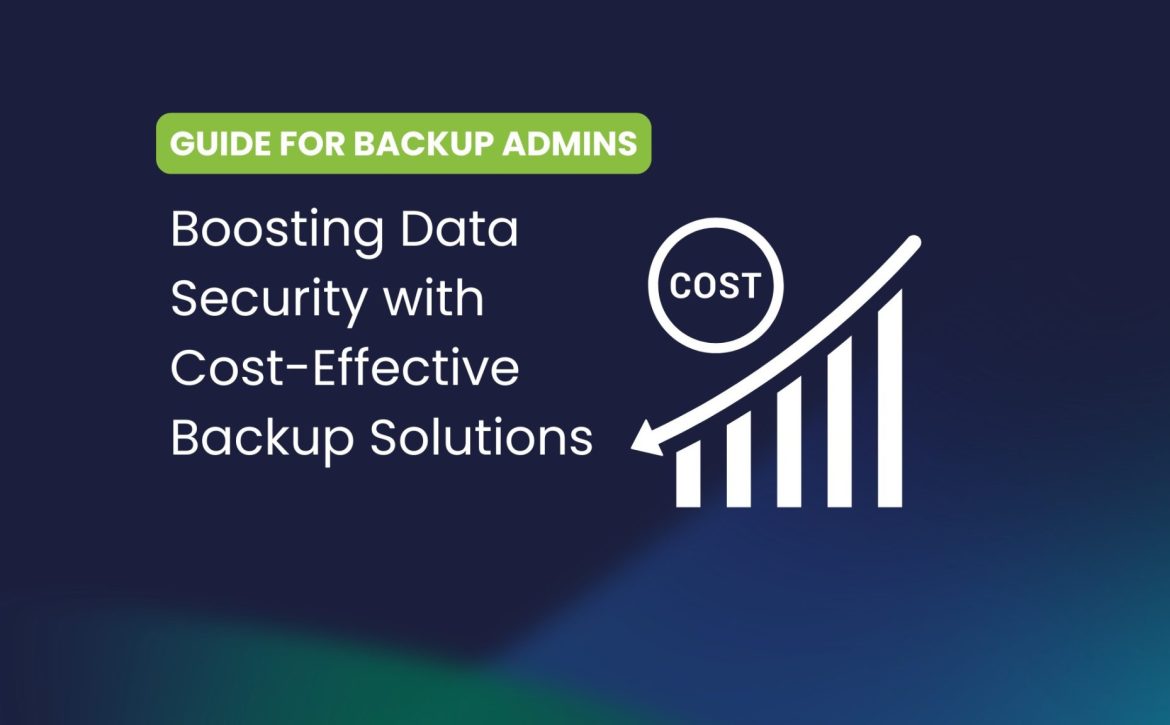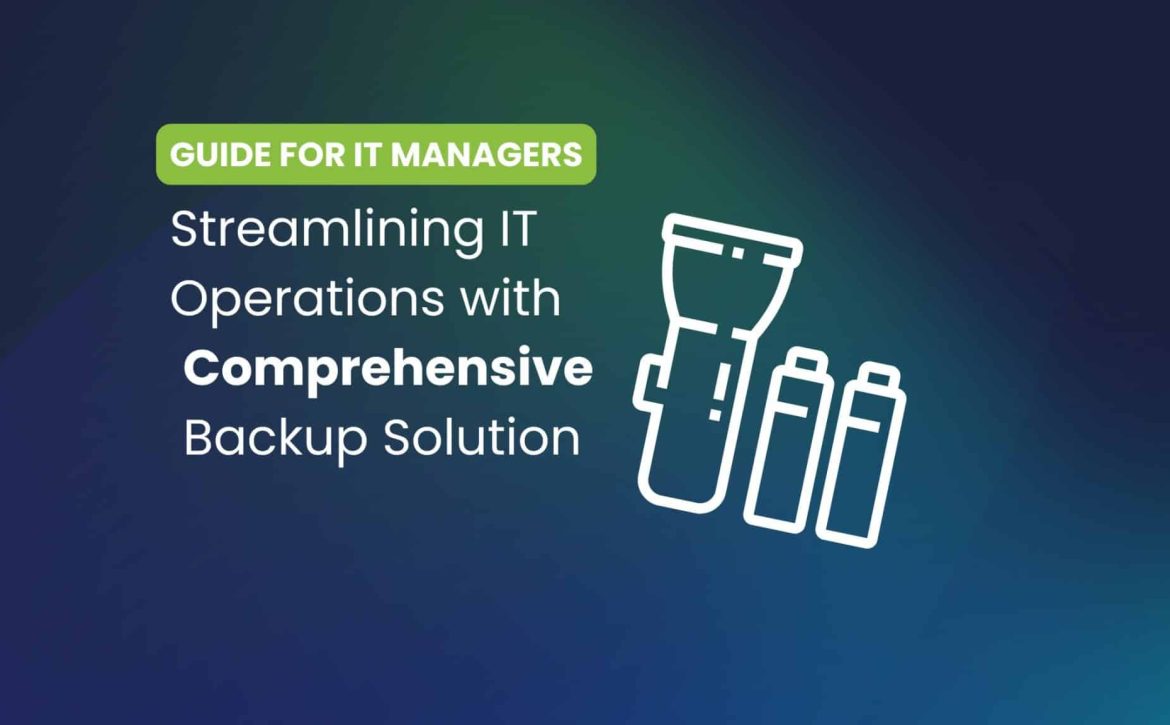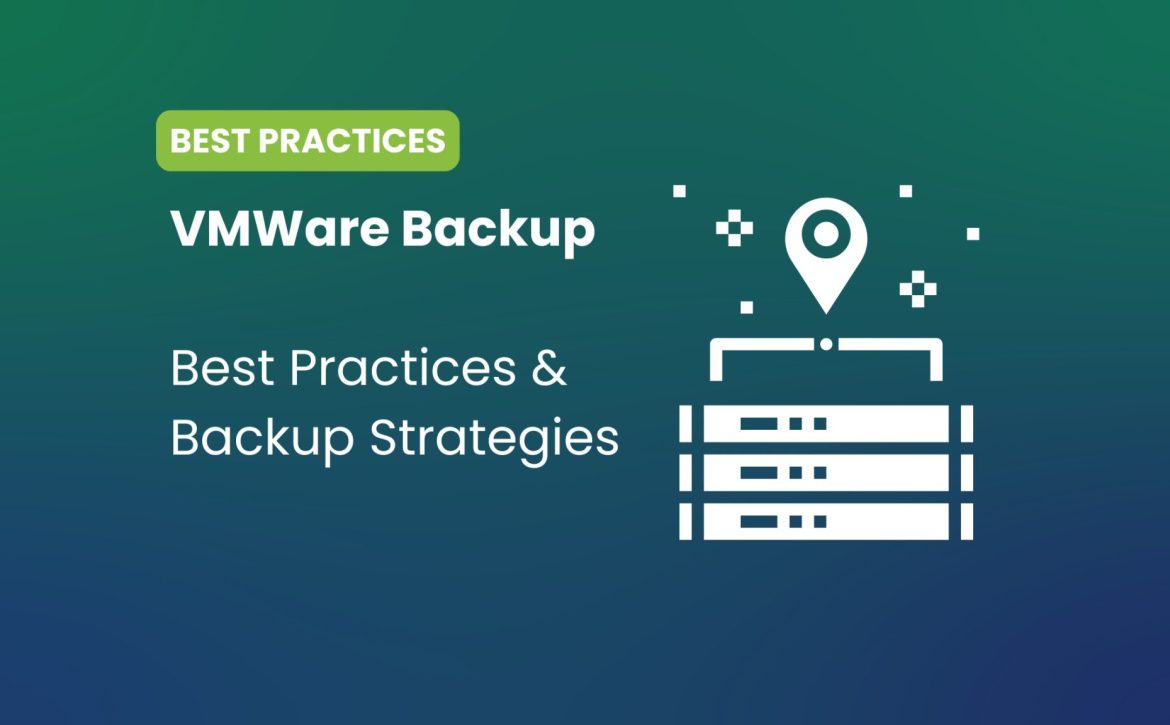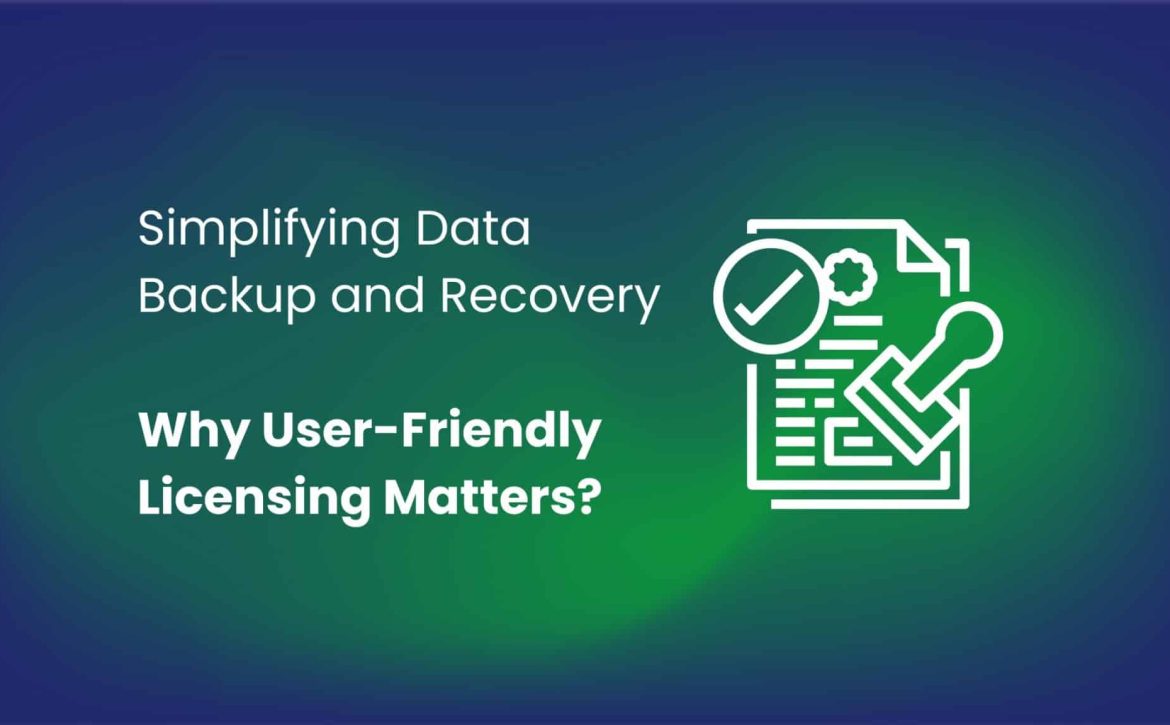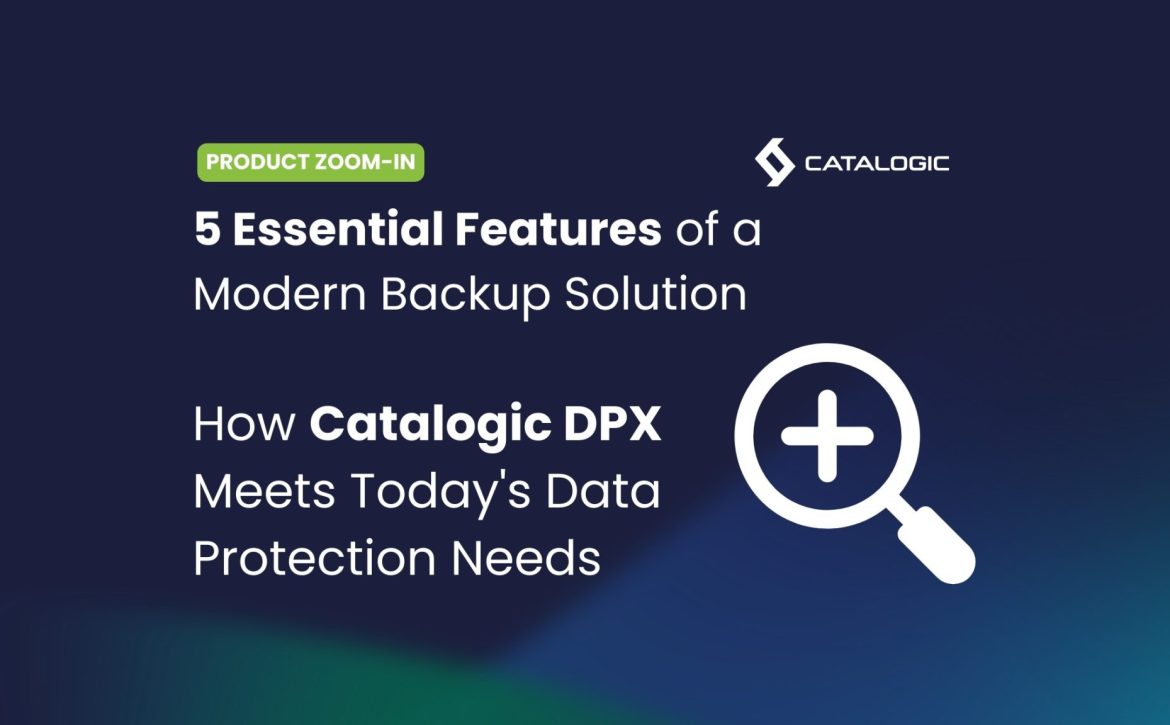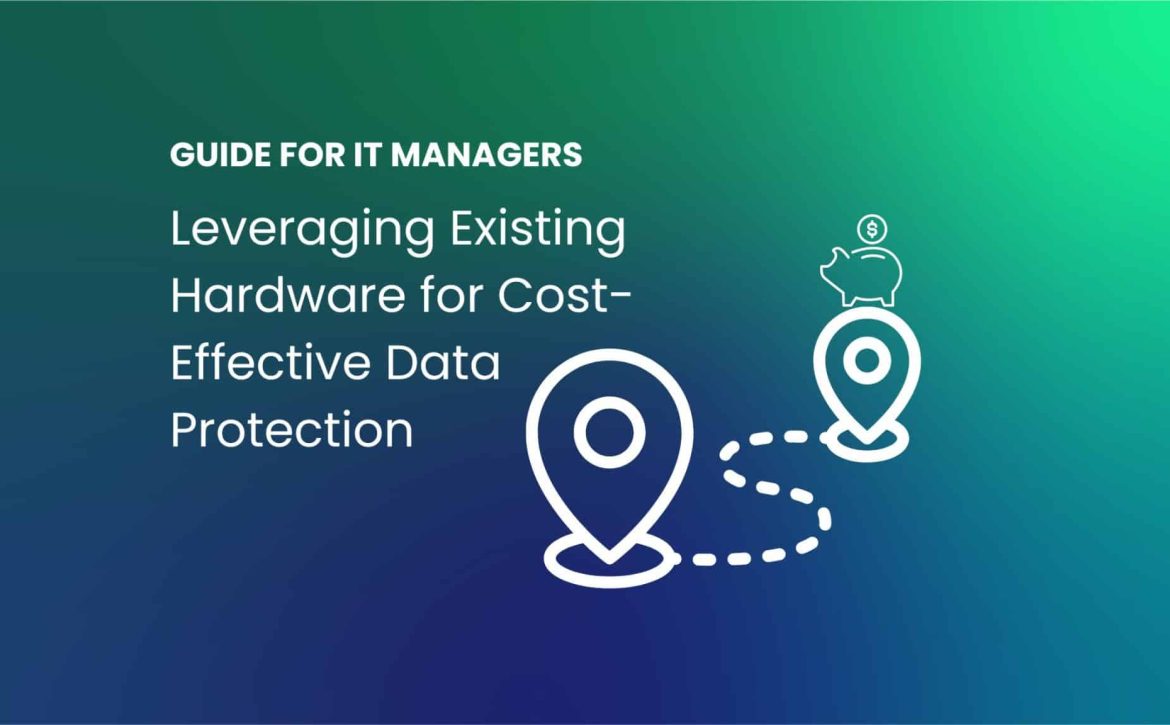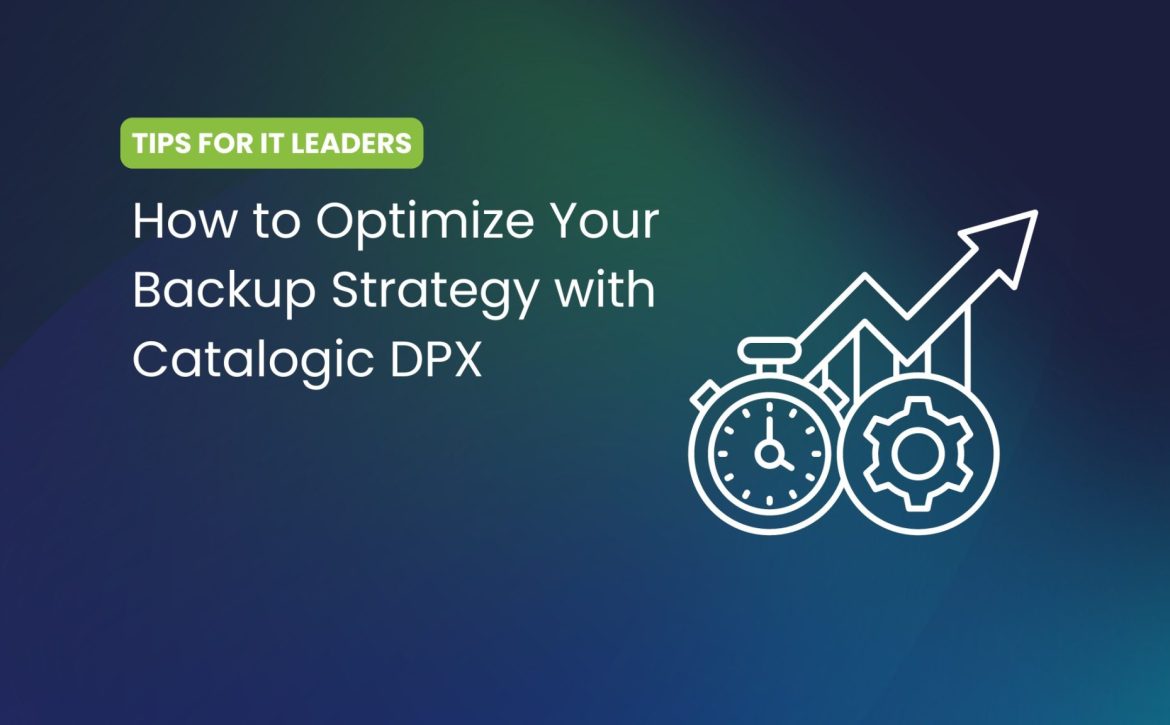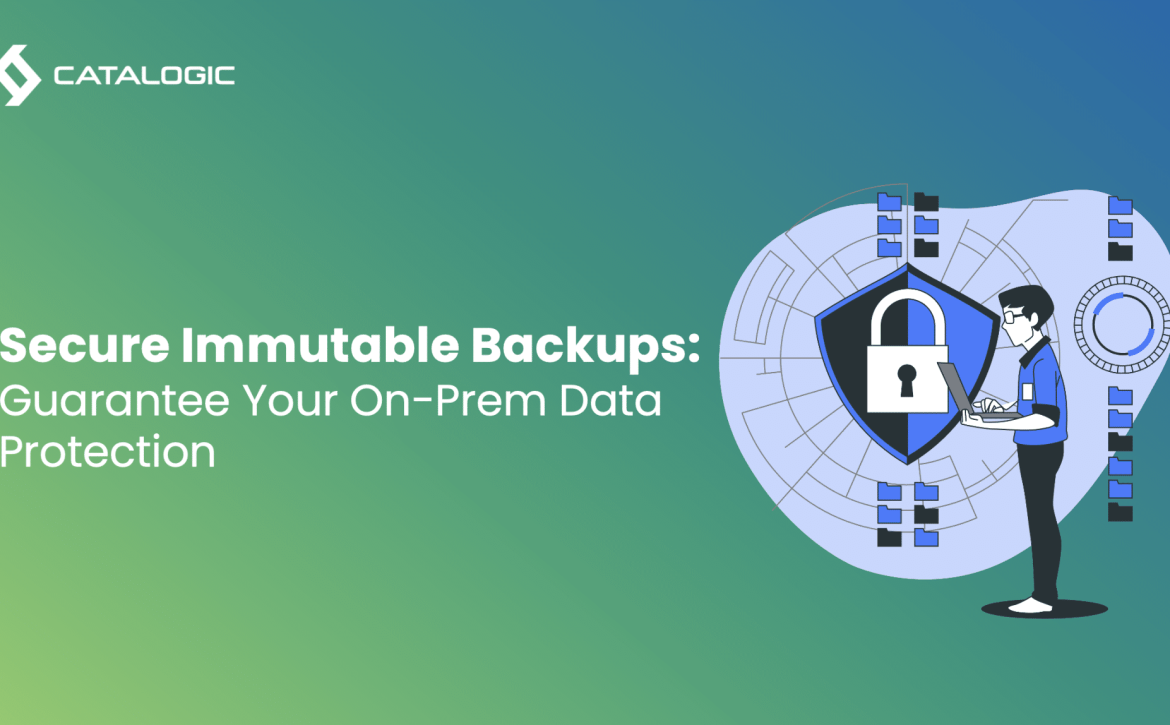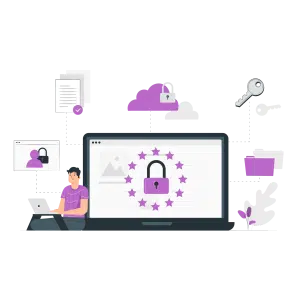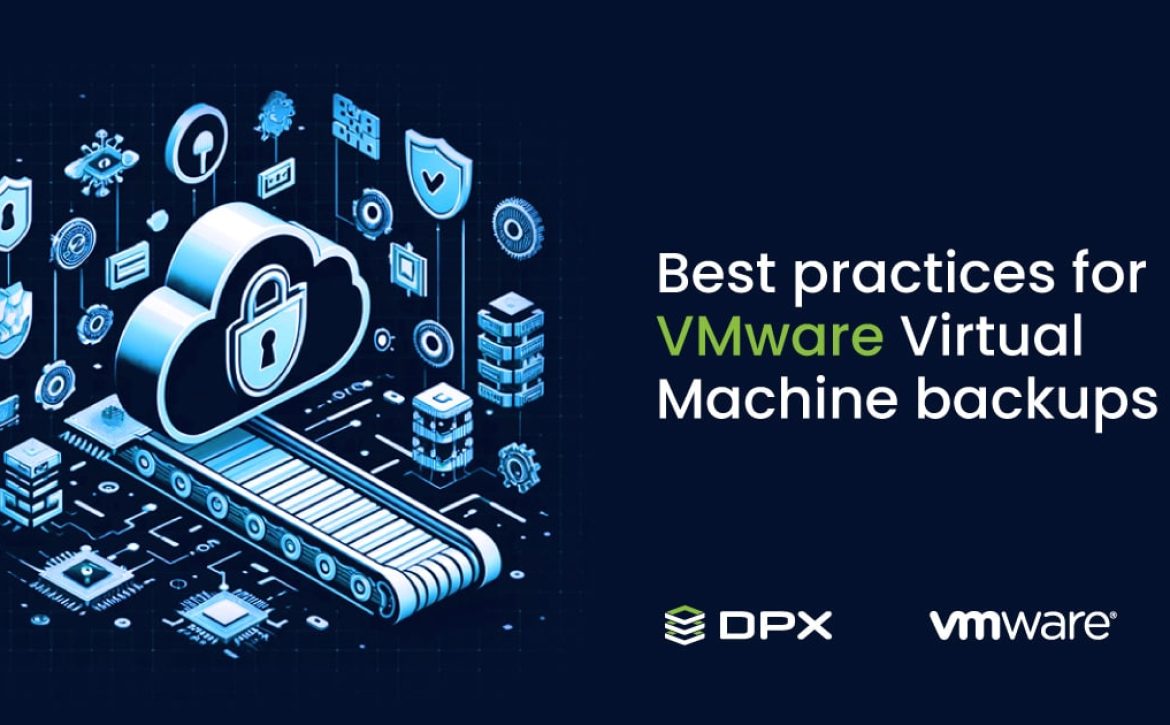Purpose-Built Backup Appliance: How Multi-Function Solutions Are Changing the Game
As technology continues to evolve, the way we approach data backup and protection is undergoing significant changes. Gone are the days when backup solutions were simplistic, standalone applications that required a slew of additional tools to function effectively. Today, we’re seeing a clear trend towards multi-function backup solutions or Purpose-Built Backup Appliance that provide a comprehensive set of features in a single, integrated package. This shift is being driven by the need for simplicity, efficiency, and cost-effectiveness—qualities that are particularly important for small to medium-sized businesses (SMBs) that may not have the resources to manage complex IT environments.
The Evolution of Backup Solutions
In the past, data backup was often seen as a necessary but cumbersome process involving multiple pieces of software and hardware that needed to be carefully configured to work together. This setup not only required significant time and expertise to manage, but also introduced a higher risk of errors and failures. As data volumes grew and the threats to data security became more sophisticated, the limitations of these traditional approaches became increasingly apparent.
The introduction of multi-function backup solutions has been a game-changer in this regard. By offering a full suite of features—ranging from backup and recovery to data replication, disaster recovery, and ransomware protection—within a single package, these solutions have streamlined the backup process. This all-in-one approach reduces the complexity of managing multiple tools, minimizes compatibility issues, and often lowers costs by eliminating the need for additional licenses or hardware.
Catalogic DPX’s Batteries-Included Approach
We have embraced this trend in Catalogic with our DPX solution. Catalogic DPX is designed with a “batteries-included” philosophy, meaning that it provides all the necessary tools and features right out of the box. There’s no need to purchase additional modules or plugins to access advanced functionality—everything is included in a single, straightforward licensing package.
For organizations looking to simplify their data protection strategy, this approach offers several key benefits:
Comprehensive Feature Set: DPX includes a wide range of features under a single license offering:
- Backup & Restore Orchestration: Manage and automate backup and restore processes across multiple workloads.
- Ransomware Detection: Integrated tools for identifying and mitigating ransomware threats.
- vStor Storage Immutability: Ensures that backup data cannot be altered or deleted, providing secure and tamper-proof storage.
- Offload to Cloud: Supports offloading backup data to cloud storage for scalability and cost efficiency.
- And many more…
Cost-Effectiveness: By bundling all features into one package, Catalogic DPX helps organizations avoid the hidden costs often associated with modular solutions. There are no surprise fees for additional features or functionality, making budgeting more predictable.
This batteries-included approach is particularly well-suited for SMBs that need robust data protection but may not have the IT resources to manage a complex, multi-vendor environment. It’s about providing powerful tools in a way that’s accessible and manageable, even for smaller teams.
The Role of Purpose-Built Backup Appliances (PBBA)
While multi-function software solutions like Catalogic DPX are simplifying the way organizations approach data backup, there’s another trend that’s taking this concept even further: Purpose-Built Backup Appliances (PBBA). These appliances integrate both software and hardware into a single device, offering a complete backup and recovery solution that’s easy to deploy and manage.
For small and medium companies, PBBAs represent an attractive option for several reasons:
- Ease of Deployment: One of the biggest challenges in implementing a data protection strategy is the time and effort required to set up and configure the necessary tools. PBBAs streamline this process by offering a turnkey solution that’s ready to go right out of the box. This is particularly valuable for organizations that may not have dedicated IT staff or the expertise to manage complex deployments.
- Integrated Hardware and Software: By combining software and hardware into a single device, PBBAs eliminate many of the compatibility and performance issues that can arise when using separate components. This integration also ensures that the hardware is optimized to work with the software, providing better performance and reliability.
- Scalability: Many PBBAs are designed with scalability in mind, allowing organizations to easily expand their storage capacity as their needs grow. This makes them a flexible solution that can adapt to changing business requirements without the need for significant additional investment.
- Simplified Management: Like multi-function software solutions, PBBAs offer centralized management, making it easy to monitor and control all aspects of the backup process from a single interface. This reduces the administrative burden on IT teams and ensures that backups are performed consistently and reliably.
Catalogic DPX and PBBA: A Winning Combination
For organizations looking to maximize the benefits of both multi-function software and PBBAs, Catalogic DPX offers an ideal solution. While DPX itself is a comprehensive, software-based backup solution with vStor – a software-defined backup storage solution, it can also be deployed on a PBBA to create a fully integrated backup environment.
This combination provides the best of both worlds: the flexibility and feature set of a multi-function software solution, paired with the simplicity and performance of a dedicated hardware appliance. This means that SMBs can deploy a powerful data protection solution without the need for extensive IT resources or expertise.
The Impact of Multi-Function Solutions on Data Protection Strategies
The shift towards multi-function backup solutions and PBBAs is more than just a trend—it’s a fundamental change in how organizations approach data protection. By simplifying the backup process and reducing the complexity of managing multiple tools, these solutions allow IT teams to focus on more strategic initiatives rather than getting bogged down in the minutiae of backup management.
Additionally, the integrated approach offered by these solutions aligns with the growing need for comprehensive data protection. As cyber threats continue to evolve, having a backup solution that can also provide ransomware protection, disaster recovery, and data replication is becoming increasingly important. By offering these features in a single package, multi-function solutions help organizations build a more resilient data protection strategy that can withstand the challenges of today’s threat landscape.
Regulatory Compliance and Multi-Function Solutions
In addition to the operational benefits, multi-function solutions like Catalogic DPX and PBBAs also play a critical role in helping organizations meet regulatory requirements. Regulations such as GDPR, HIPAA, and SOX require organizations to maintain strict controls over their data, including ensuring that it is properly backed up and can be quickly recovered in the event of a disaster.
Multi-function solutions simplify the process of achieving compliance by providing all the necessary tools in one package. For example, Catalogic vStor’s built-in immutability features help organizations meet the requirements of regulations that mandate the protection of data from tampering or unauthorized deletion. Similarly, the disaster recovery capabilities included in DPX and PBBAs ensure that organizations can quickly restore critical systems in compliance with regulatory timeframes.
By offering these features in a single, integrated solution, multi-function tools help organizations avoid the pitfalls of trying to piece together a compliant data protection strategy from multiple disparate components. This not only reduces the risk of non-compliance but also makes it easier for organizations to demonstrate their compliance to regulators.
The Future of Data Backup
As we look to the future, it’s clear that the trend toward multi-function backup solutions and PBBAs is only going to continue. The benefits they offer in terms of simplicity, efficiency, and cost-effectiveness are too compelling for organizations to ignore.
In the coming years, we can expect to see even more integration between software and hardware as vendors look to create even more streamlined and powerful backup solutions. Additionally, as cyber threats continue to evolve, we’ll likely see these solutions incorporate even more advanced security features, such as AI-driven threat detection and response, to help organizations stay ahead of the curve.
For IT managers and decision-makers, the key takeaway is clear: the future of data backup lies in solutions that offer a comprehensive set of features in a single package. Whether you’re looking to simplify your backup process, reduce costs, or ensure compliance with regulatory requirements, multi-function solutions like Catalogic DPX and PBBAs offer a compelling way forward.
Embracing the Future of Data Backup
The evolution of data backup solutions towards multi-functionality and integrated hardware/software systems is reshaping the way organizations protect their data. For IT managers looking to streamline their data protection strategy, these solutions offer a clear path to greater efficiency, reliability, and cost savings.
By embracing multi-function backup solutions like Catalogic DPX and PBBAs, organizations can simplify their backup process, reduce the complexity of managing multiple tools, and build a more resilient data protection strategy. As the landscape of data protection continues to evolve, those who adopt these integrated approaches will be well-positioned to meet the challenges of the future.
